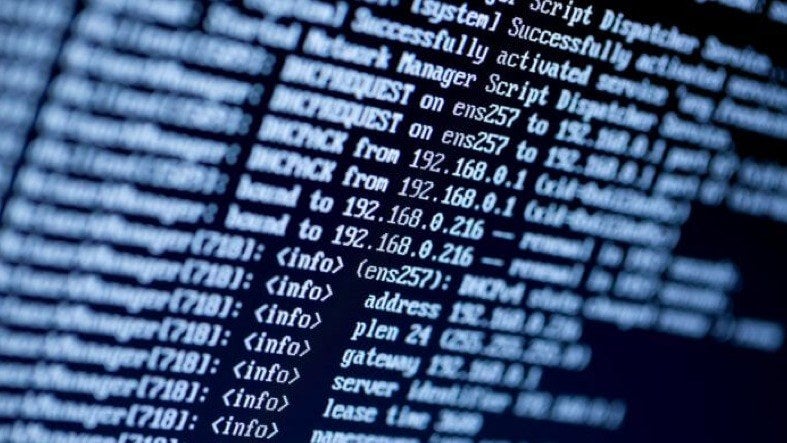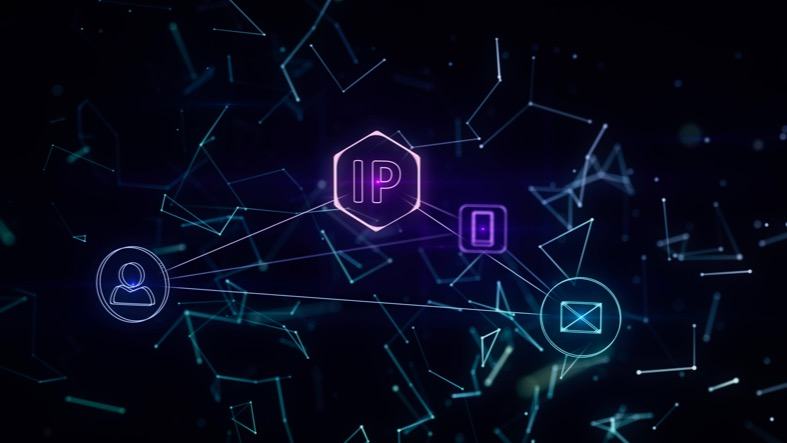Table of Contents
What is an Ip address? IP addresses are the zip codes of the internet, and affect everything you do online. Here’s what you need to know about them.

Commonly called the ZIP codes of the internet, used to identify every device online, Internet Protocol, or IP, addresses surround us. Every internet-connected device has two of them — a public IP address and a private IP address.
Both serve different purposes, which might explain what’s occurring when your Wi-Fi network and devices can’t seem to get along. You might be surprised to find there’s a lot more to an Internet Protocol address than just a series of numbers.
We’ll break down the basics of the IP address and why you should know yours. Here’s everything you need to know about IP addresses.
What is an IP address?
The Internet Protocol address refers to the unique string of numbers that identifies your devices — such as a computer, tablet, smartphone or smart TV — as they communicate across networks on the internet. In short, IP addresses are vital in getting online and transmitting data.
With totally unique numbers, your IP address may look a little something like this: 216.3.128.12
How do IP addresses work?
Typically, Wi-Fi networks aren’t examining devices in detail. Instead, they glance at IP addresses to identify a device. Both the Wi-Fi network and nearby devices are communicating, and IP addresses ensure all connections know the others.
From the Internet Protocol address alone, the Wi-Fi network understands where to send and receive data at any time. Each connection gets assigned two IP addresses, and a Wi-Fi network latches onto them. When setting up your Wi-Fi network or troubleshooting issues, IP addresses are integral due to their representation of all connections.
According to Google, the IP address “works like a return address would on a piece of mail.” Rather than putting only a name, you write down both the mailing and return addresses so a piece of mail knows where to go and where to return in case of error. IP addresses are similar as they guide data between networks, servers and devices. Without IP addresses, data wouldn’t know where to travel.

There are two versions of IP addresses: IPv4 doesn’t allow many devices to be assigned IP addresses. The new version, IPv6, enables a larger number of devices to be assigned IP addresses and connect simultaneously. You’ll benefit most from purchasing a wireless router and devices with IPv6.
What are the different types of IP addresses?
IP addresses also come in different types. Most likely, you’re on a combination of a public IP address that uses a connection from an internet service provider and a private IP address for connections on your own devices. Basically, a public IP address links you to the outside world while a private IP address handles local activities.
The two types are directly related as one gets you online while the other enables inter-device communication. Computers use public IP addresses since they’re tapping into outside resources. But a wireless printer will leverage a private IP address to accept requests from external devices. It’s all about getting devices to communicate.
You can also think of IP addresses in terms of dynamic and static. Dynamic IP addresses automatically change for each connection. The address will be altered for every computer, smartphone and tablet that joins the Wi-Fi network. Static IP addresses remain the same for easier identification and management.
How do I check my IP address?

From any web browser, use Google to search “what is my IP address” or simply “IP address.” The search engine will return an answer box at the top of the page that includes your Internet Protocol address.
Additionally, you can check your IP address directly from your devices in the network settings. There are also a variety of online resources — IP Location Finder, IP-Lookup and WhatIsMyIP.com, to name a few — that get the job done just as quickly.
Why should I know my IP address?
Knowing your IP address will assist you in setting up, managing and troubleshooting your Wi-Fi network. It’s wonderful when everything performs perfectly, but there will definitely be moments when you may need to play technician. Before you rush to pay someone for a fix right away, look at your Wi-Fi network’s settings to see if there’s an IP address-related problem.
Source: AllConnect.com






















